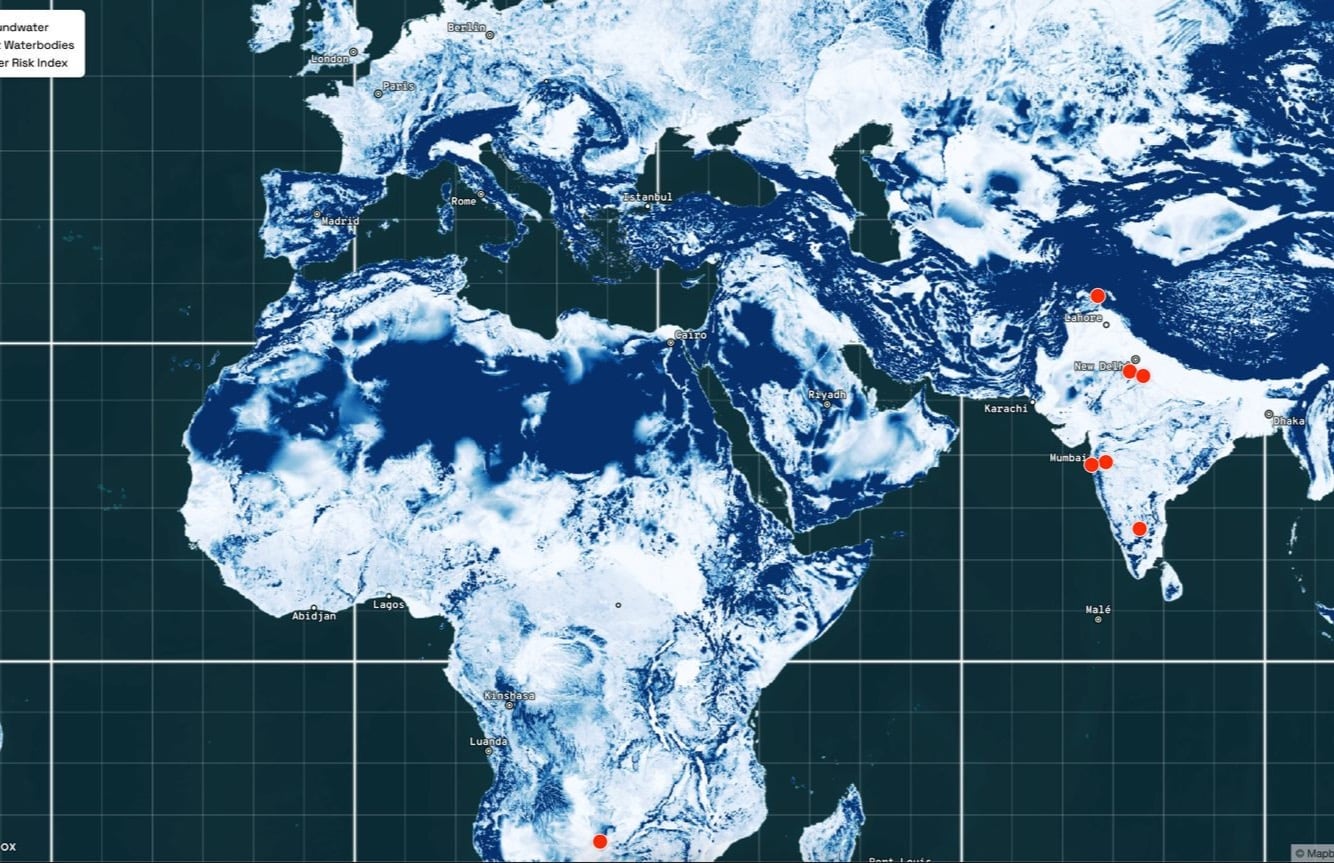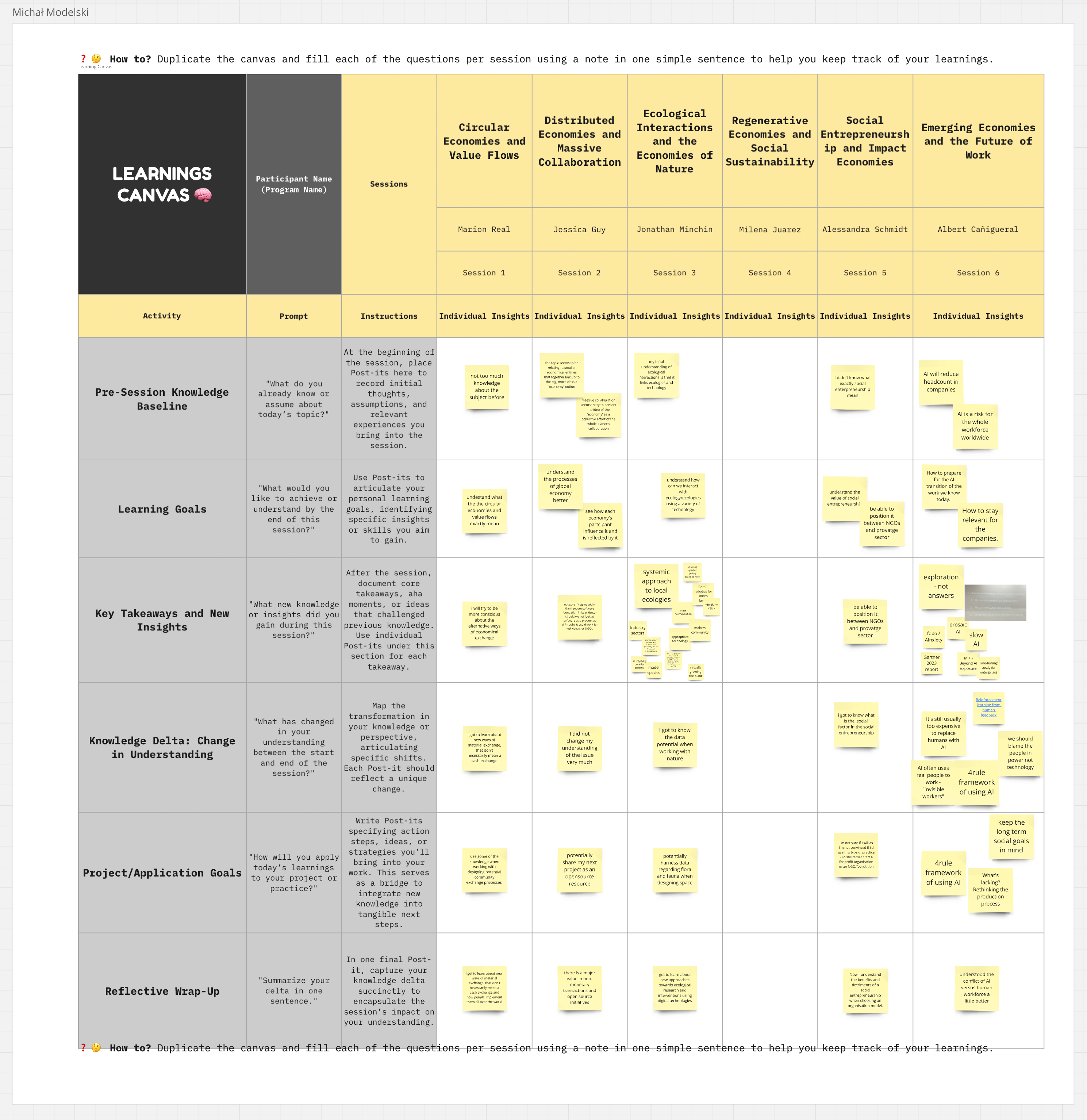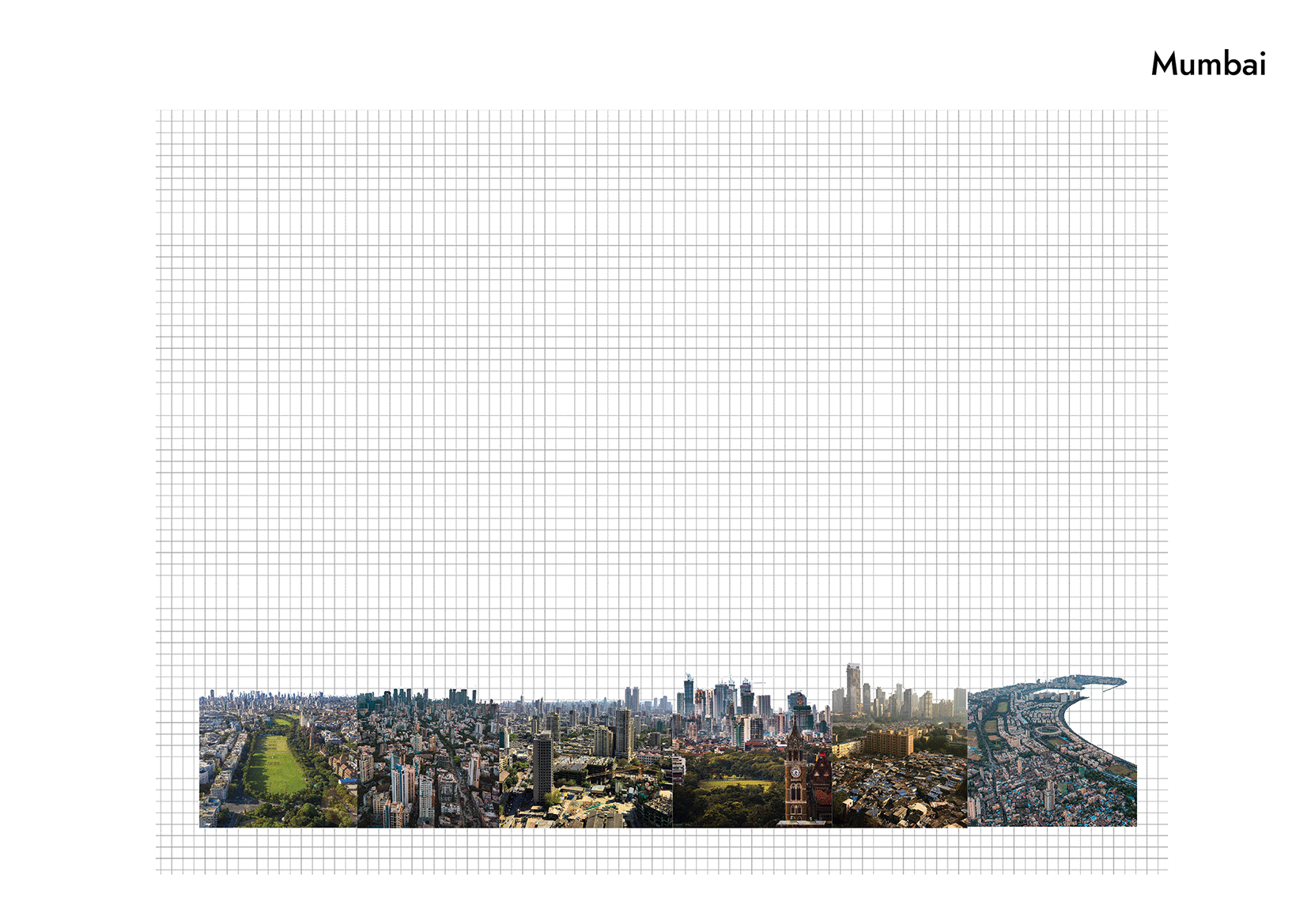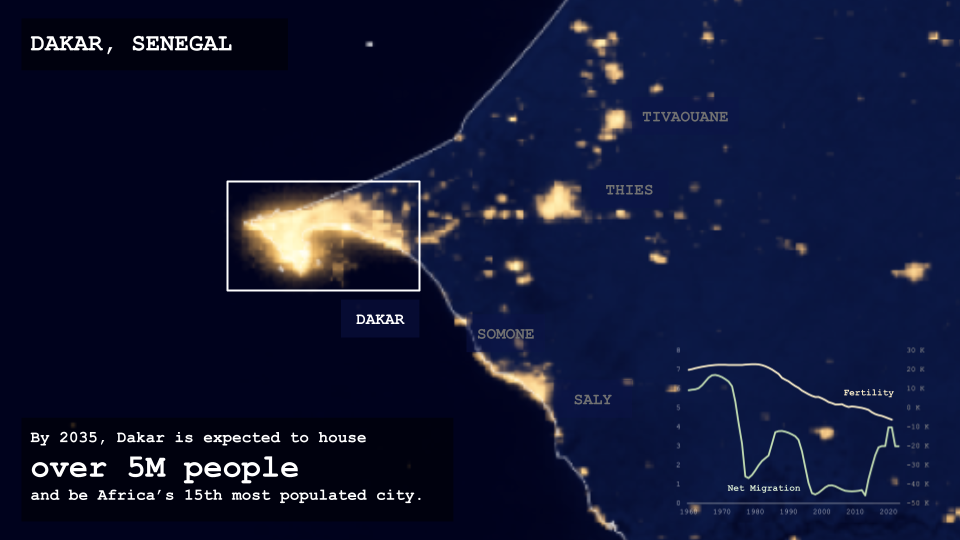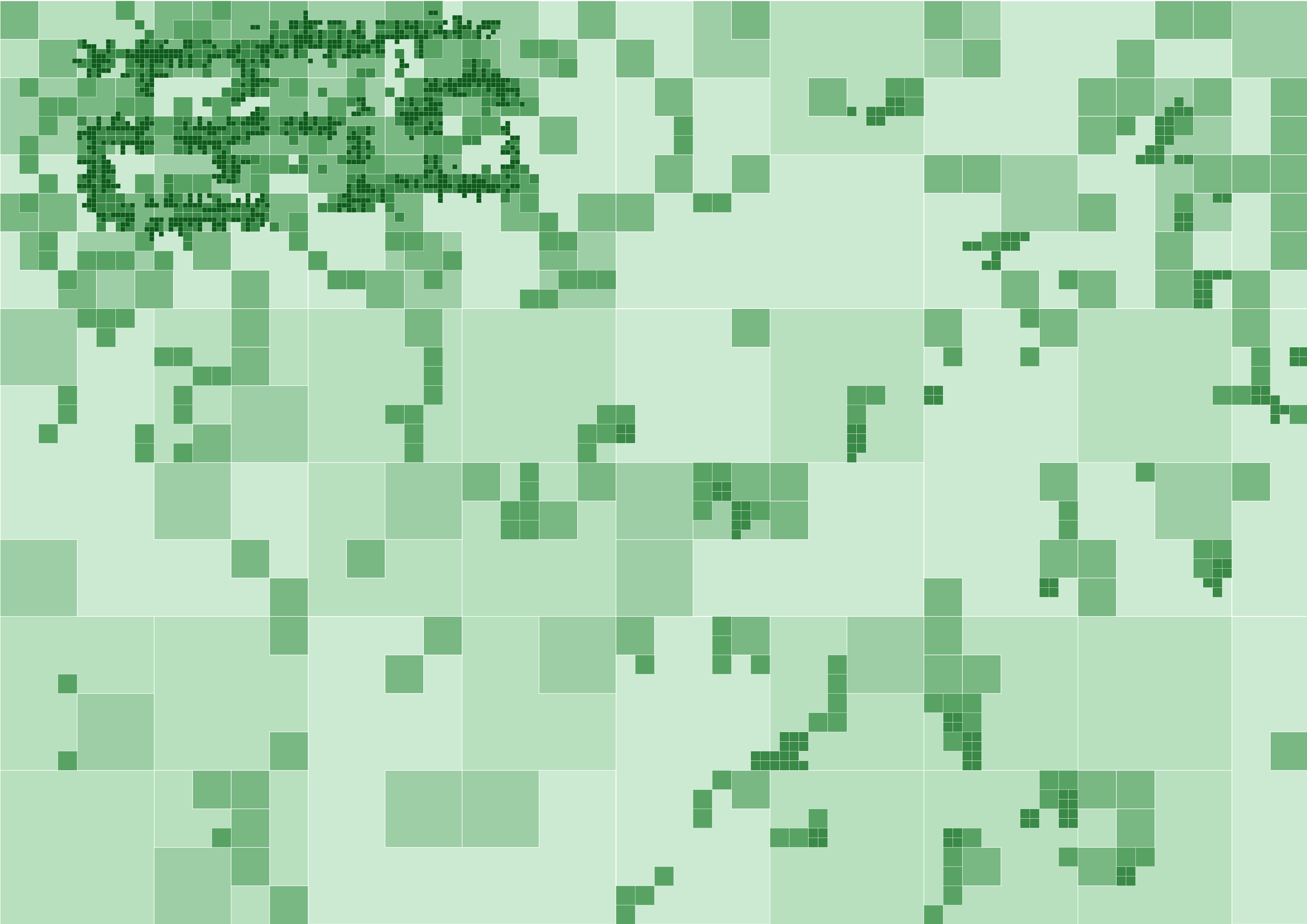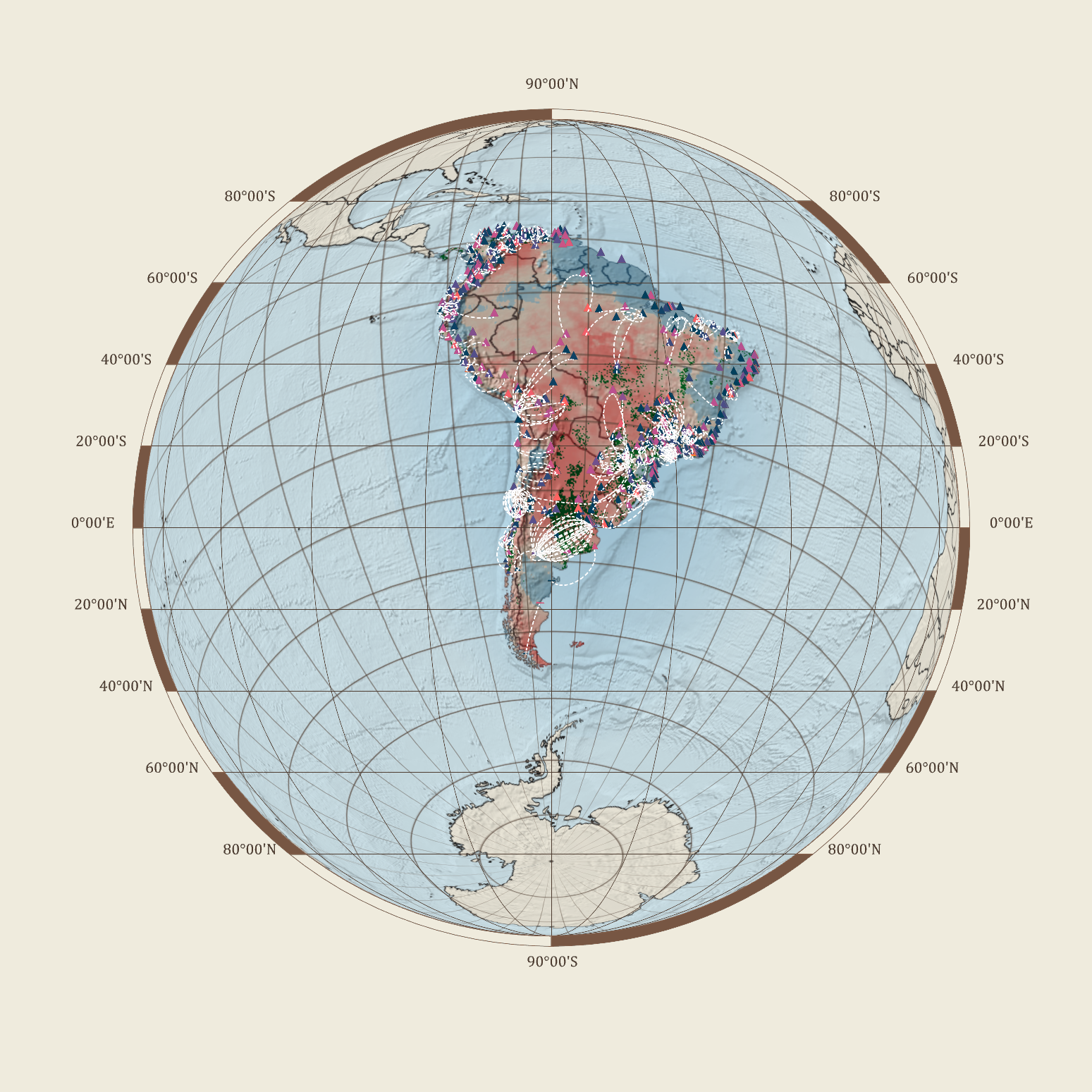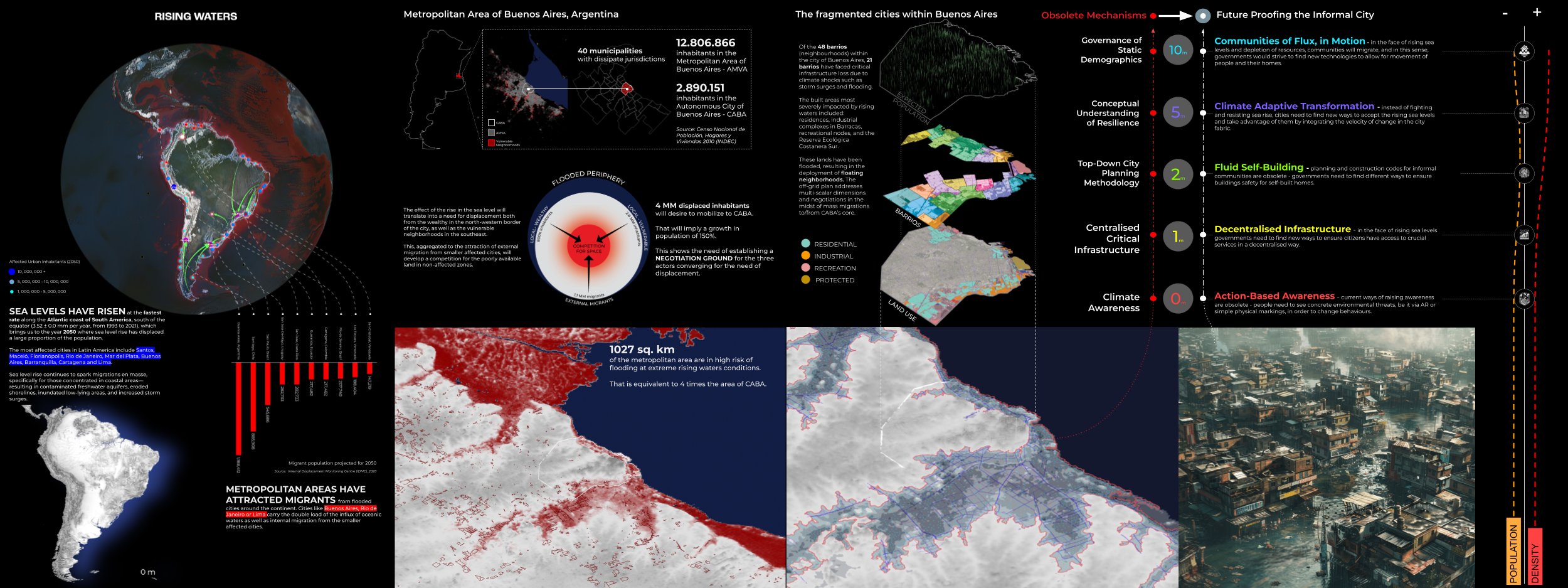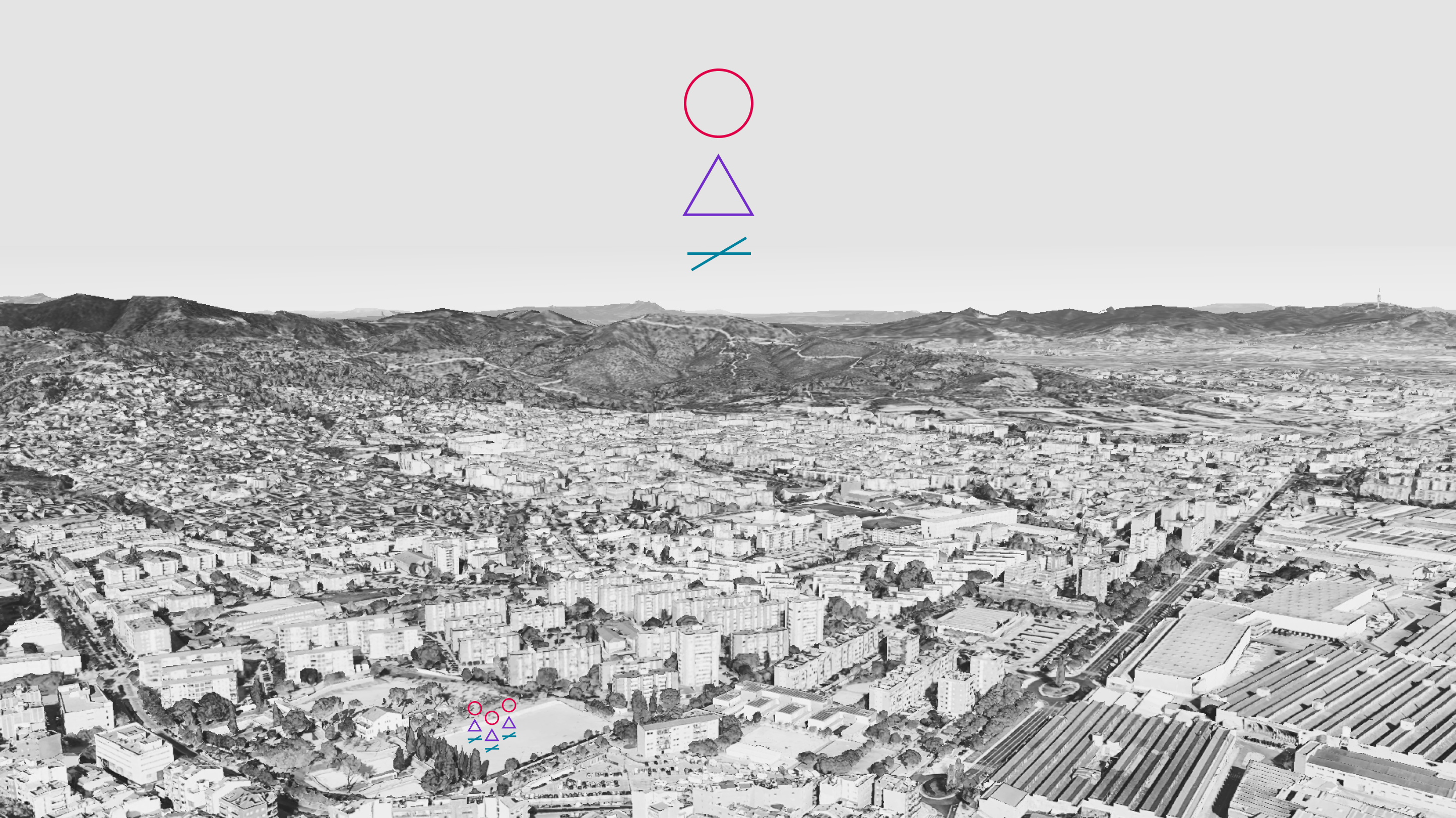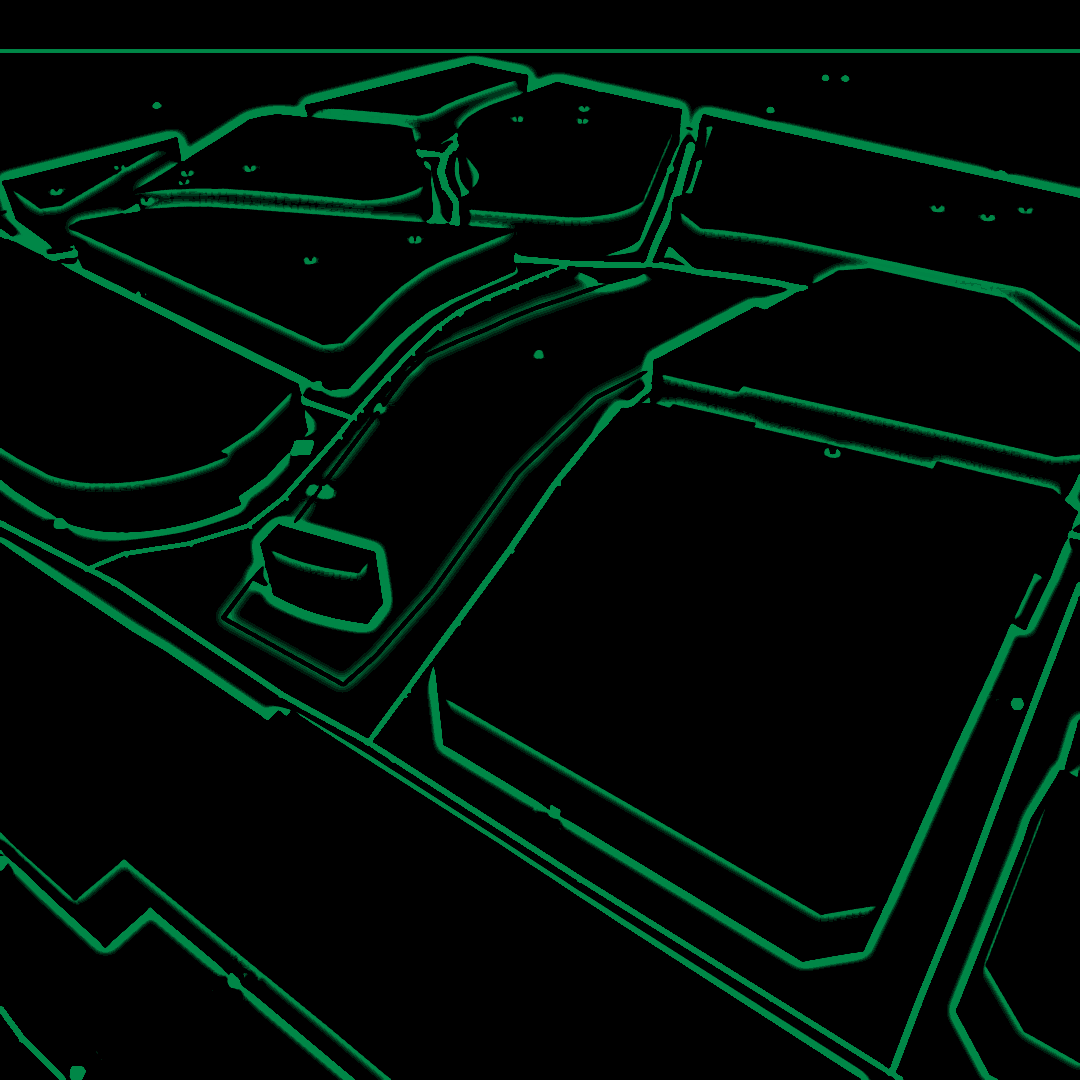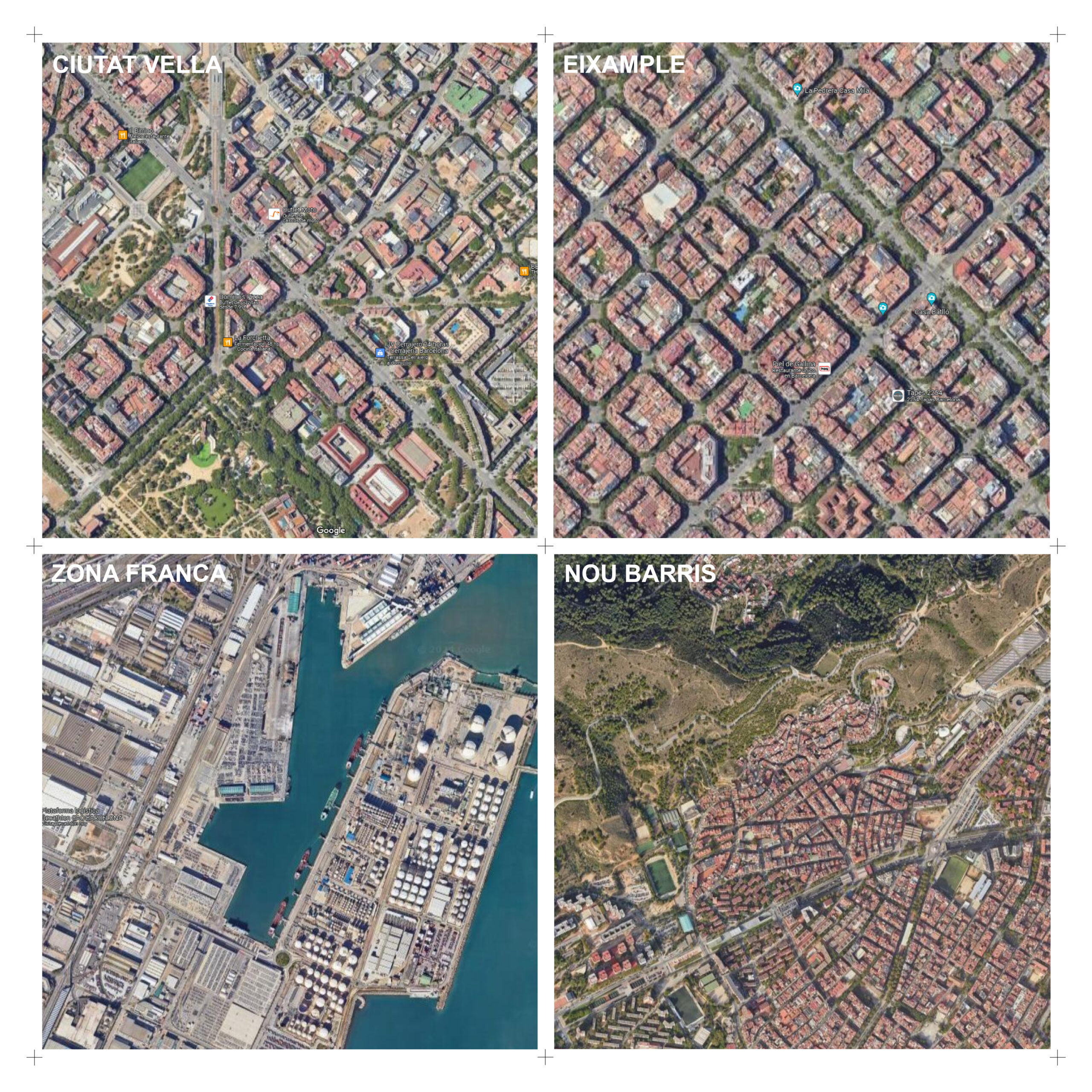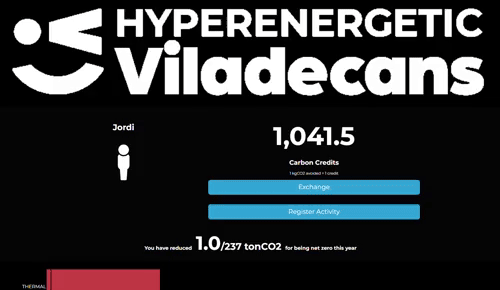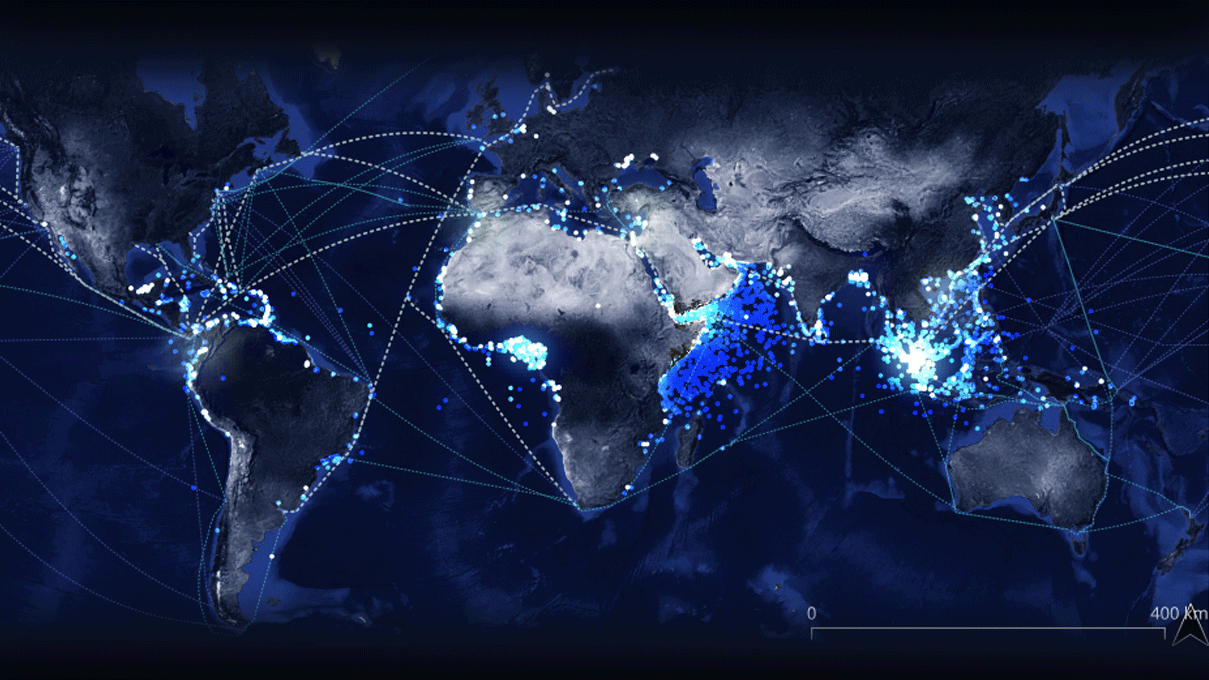in the pursuit of water
Guntur Panchayat, Trichy District Location: 10.7245103, 78.7281189Guntur lake was not maintained for years. After our restoration work the lake is now filled with water. Peravurani Taluk, Thanjavur district, Tamilnadu Area of the lake: 6 acresWater storage capacity: 40000000 litresLocation: 79.25 ,10.27 athalaikkundu Nochchi Kulam Area of the lake: 55 acresWater storage capacity:80 crore litresLocation10.289601, 79.22789Shrubs and invasive … Read more

